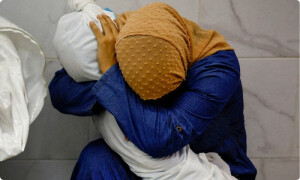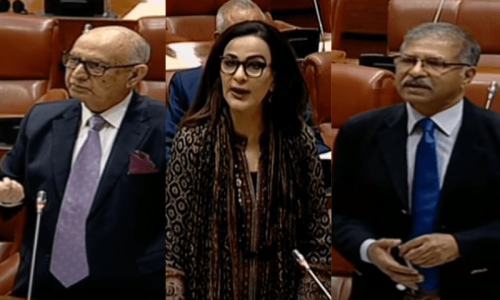IN a shocking development, 18 new HIV-positive cases were detected by the Sindh AIDS Control Programme during examinations in Larkana district.
The list of new cases included children as young as 16 months. It is suspected that medical quackery is behind the sudden outbreak, and this would not be the first time.
Larkana is also said to be one of the districts in Sindh with the highest number of HIV/AIDS patients.
In total, Sindh had an estimated 60,000 HIV-positive patients by August 2018, according to a report submitted by the Ministry of National Health Services to a three-member bench of the Supreme Court. That was the same month that Chief Minister Syed Murad Ali Shah prematurely declared that the Sindh government had successfully controlled the spread of HIV/AIDS through the use of effective awareness drives.
However, by November 2018, a total of 889 new HIV-positive cases had been reported in the province in a mere six-month time frame.
Similarly, the number of HIV-infected patients had risen to over 5,000 by the end of last year in Balochistan. According to the NHS report, there are an estimated 150,000 HIV-positive patients in Pakistan: 75,000 in Punjab; 15,000 in Khyber Pakhtunkhwa and Balochistan. In Sargodha alone, which has been in the news for several outbreaks of HIV/AIDS, 869 people were diagnosed with the condition in the past 10 years.
Explore: A village in Punjab suffers as the government dithers
Health and health-related issues are given low priority in the national agenda, but the federal and provincial governments must treat the HIV outbreak as a health emergency, and act fast against medical malpractices suspected behind the rise in cases of HIV/AIDS.
Without proper attention and intervention immediately, the HIV emergence can develop into full-blown cases of AIDS, one of the most miserable conditions a person can endure.
The reasons for the high figures of HIV/AIDS in this country include unlicensed medical practitioners, or quacks, and large-scale medical malpractice via used syringes (which also leads to the spread of other blood-borne diseases, including hepatitis B and C) and unsterilised medical tools.
Besides, unsafe blood transfusions, contaminated razor blades used by street barbers, a migrant labour force open to commercial sex, along with lack of awareness of safe sexual practices, and taboos around sexual health and practices that make it difficult for those suffering from HIV/AIDS to seek help or even find a support group are also responsible for the rise of HIV/AIDS.
Published in Dawn, April 24th, 2019

















































